Poured concrete is often used to build sidewalks because it provides level walking surfaces, is long-lasting, and provides a clean and attractive appearance. Concrete does not require as much maintenance as other materials, but does not last for as long either.
As sidewalks along municipal roadways or on secondary or primary paths, concrete slab walks are common. In addition to being durable, they are the most difficult to fix. As a third option, concrete can be poured into moulds and cast on-site to produce a similar look to precast concrete, but is also more complicated to fix.
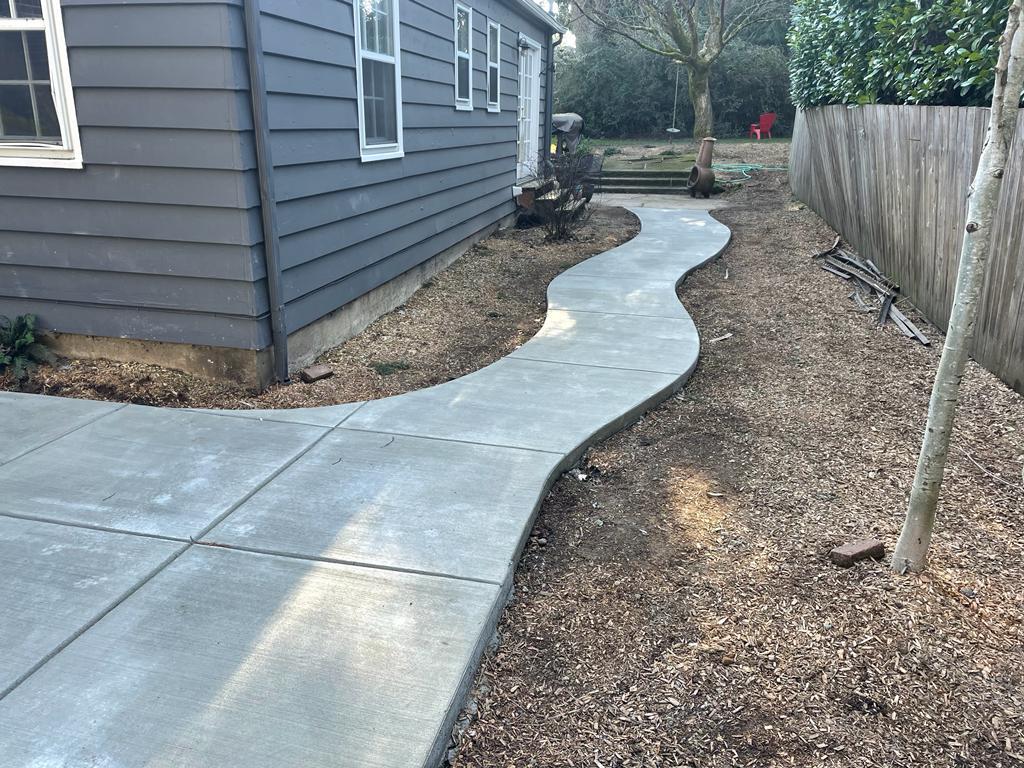
Guide To Maintain Concrete Walkway
A sidewalk’s lifespan may be limited even if it is long-lasting and inexpensive due to inadequate maintenance. The steps listed in this section will allow you keep your sidewalk in good condition for many years to come.
Using hardboard, form curves
For exterior walls, hardboard siding is a good choice. It’s flexible and affordable, so it’s perfect for creating curves too. In lumberyards, a 12-inch by 16-foot plank costs about $10 and can be cut to the desired width. However, hardboard needs additional reinforcement to prevent bulging under concrete’s force.
For belowground forms, put stakes no more than 3 feet apart and press the earth against them. For aboveground structures, place stakes 16 inches apart. Build one side of a curving walkway first to ensure consistent, parallel sides. A 14 with blocks screwed to it can be placed on the other side as a gauge board. When it rains, hardboard can swell, making your perfect curves wavy. If it is expected to rain, cover the hardboard forms.
Stakes below the form top
Take five minutes before pouring to snip off any protruding stakes that project above your forms. Stakes that project above your forms are already difficult enough without them. If the tops of your forms are near ground level, make sure your screed board doesn’t drag against the ground; you might have to skim off a bit of dirt to accommodate the board.
Lay a solid foundation
In order to build crack-free concrete, you need a sturdy, well-draining foundation. The best way to build a sturdy foundation is by compacting soil and adding several inches of gravel, but the optimum foundation depends on the climate and soil conditions. So talk to a local building inspector who understands your area’s requirements. While a plate compactor can be a good choice for compacting soil, if you have sand, you may be able to completely avoid gravel.
Blow out the bubbles
It is common for air pockets to get caught against forms when pouring concrete, causing vertical surfaces to gap. This usually does not affect sidewalks and driveways. However, stairwells, curbs, and walls can look like Swiss cheese above ground. Use a 24 and plunge down the forms to avoid this. Then tap the states all around with a hammer.
Water in excess should be avoided.
It is common for the driver to ask if there should be any additional water when delivering concrete. If the concrete is too dry, you should reply, “No, thanks.” It is meticulously measured at the facility. More water dilutes the mixture, making it easier to deal with right away, but it makes the slab weaker.
Conclusion
Concrete walkways are a substantial investment in outdoor and landscape design. They should be taken care of the best they can be to help increase the value and appeal of your home.

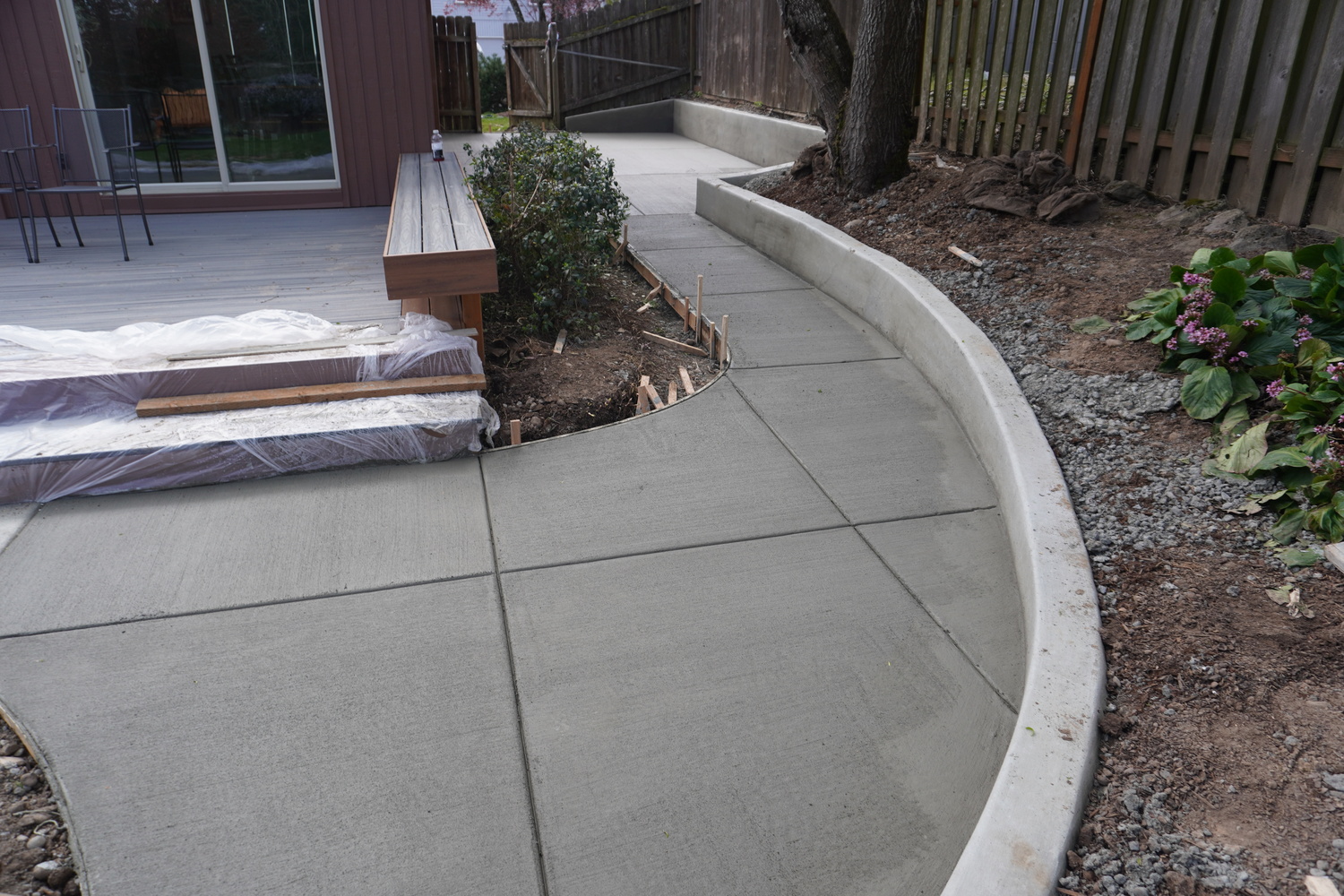
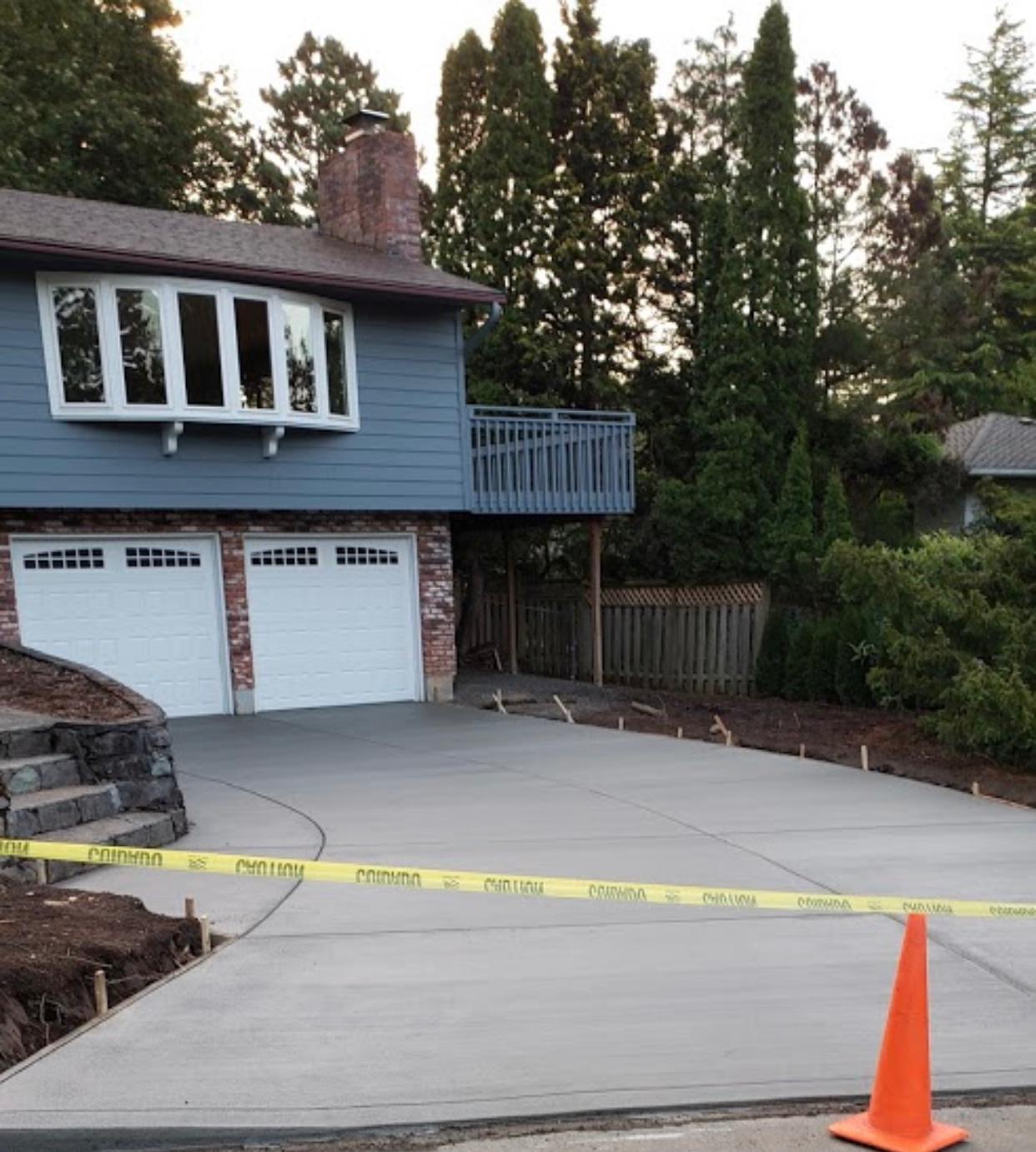
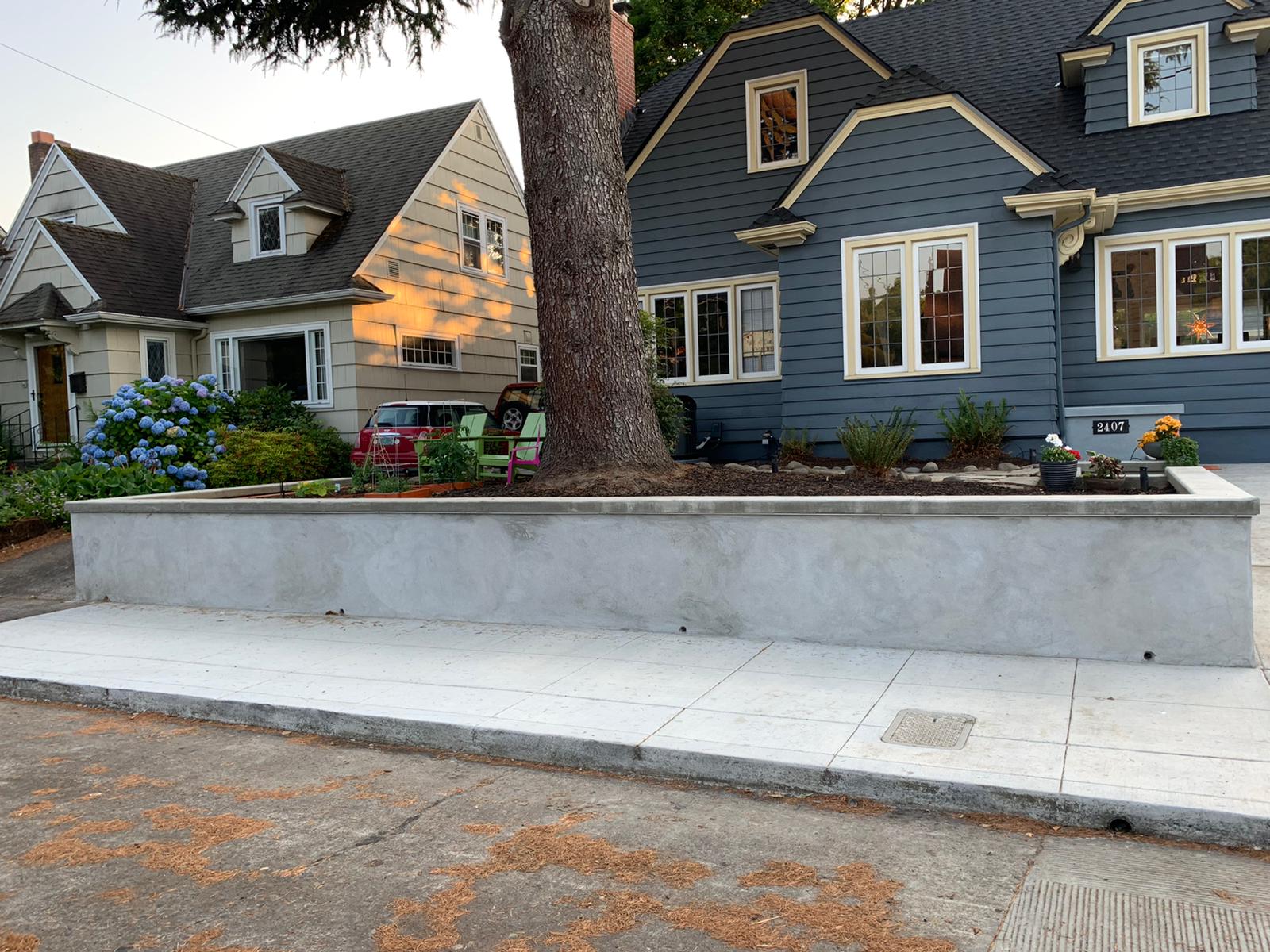
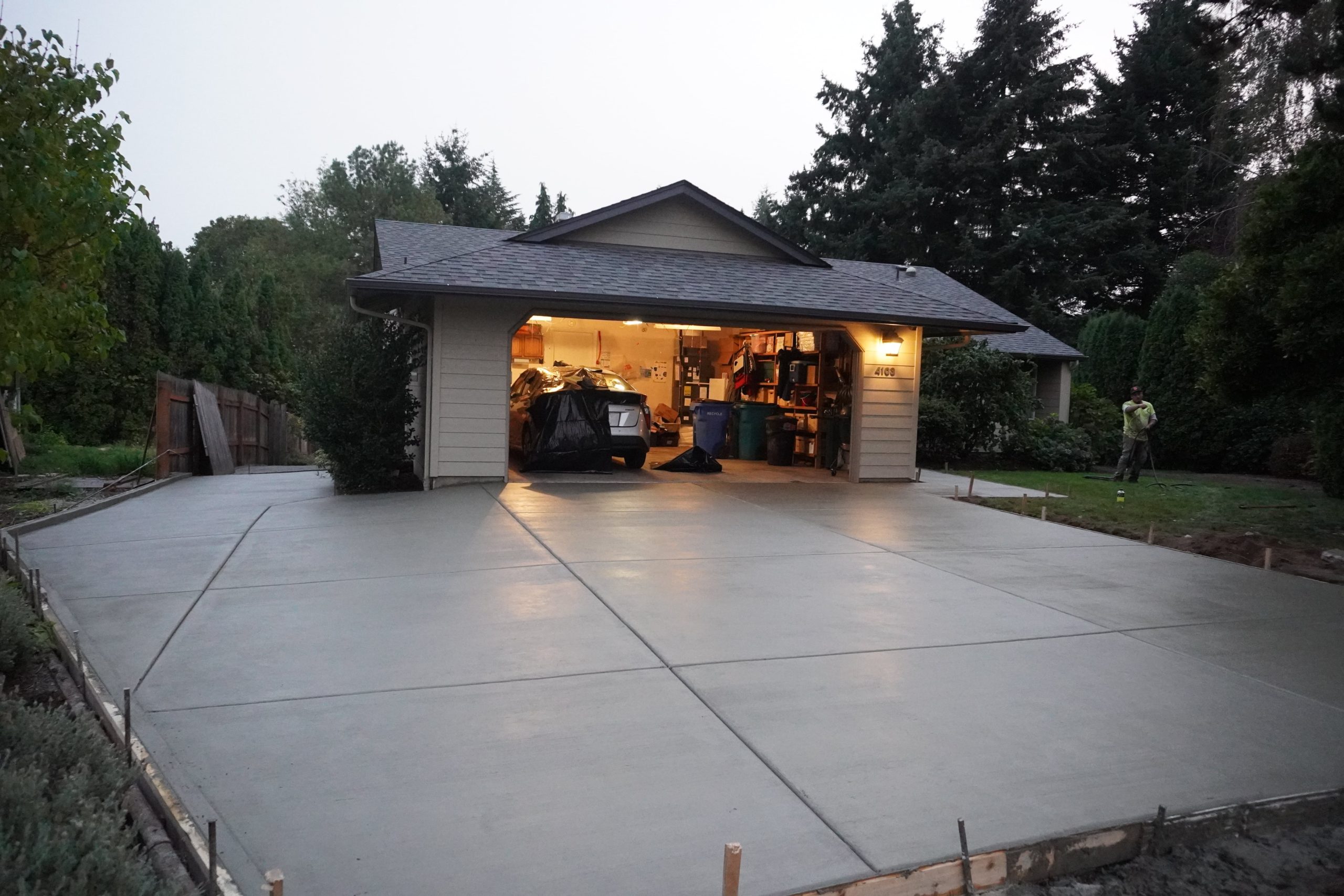
Laying out a solid foundation before we start walkway projects around our landscape makes a lot of sense. Having a good starting point for that project will be helpful since we can change and shift the plans if needed as a way to see what’s possible and what isn’t. I’ll work with a local concrete supplier so we can figure out what we need to do to start.